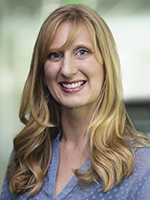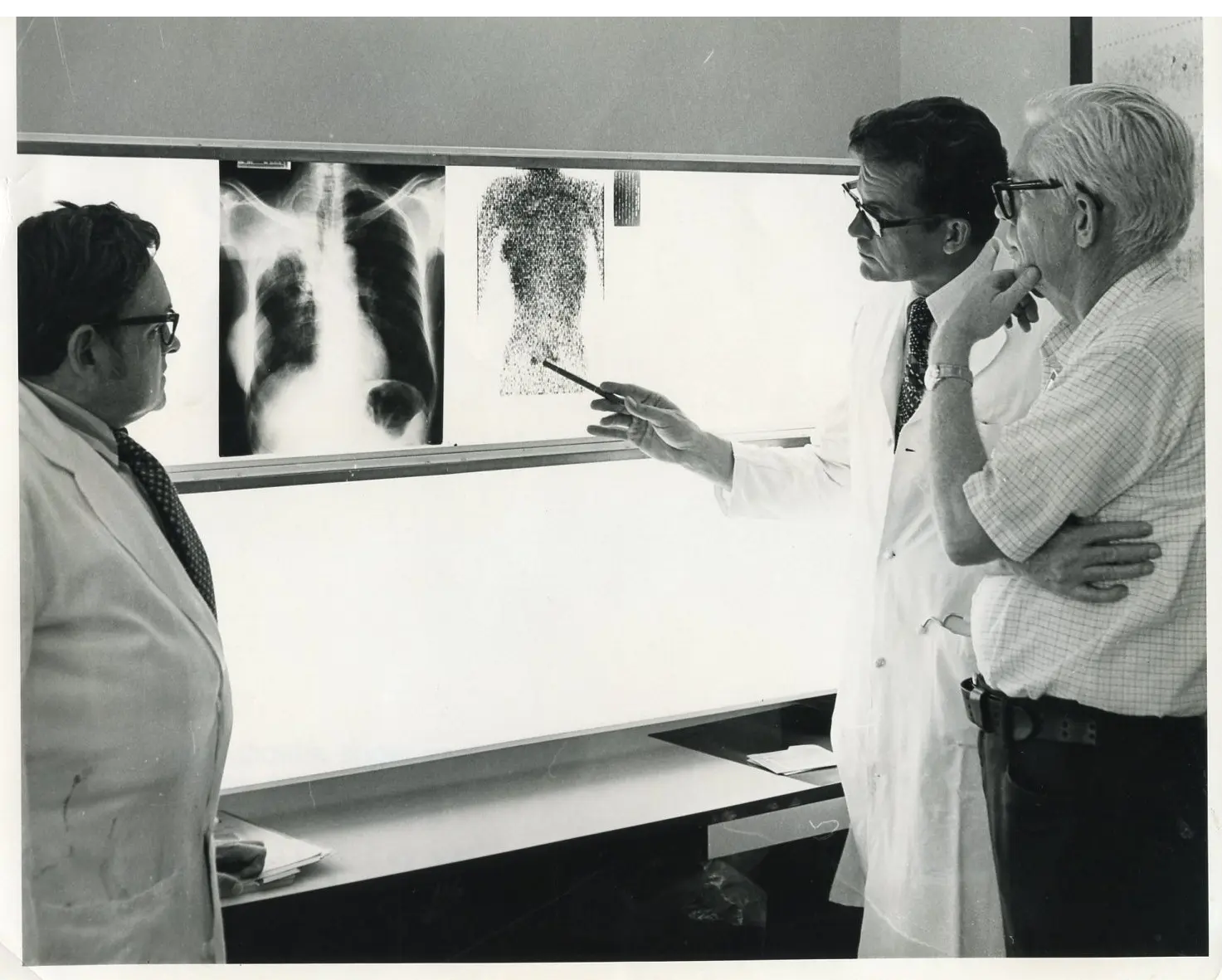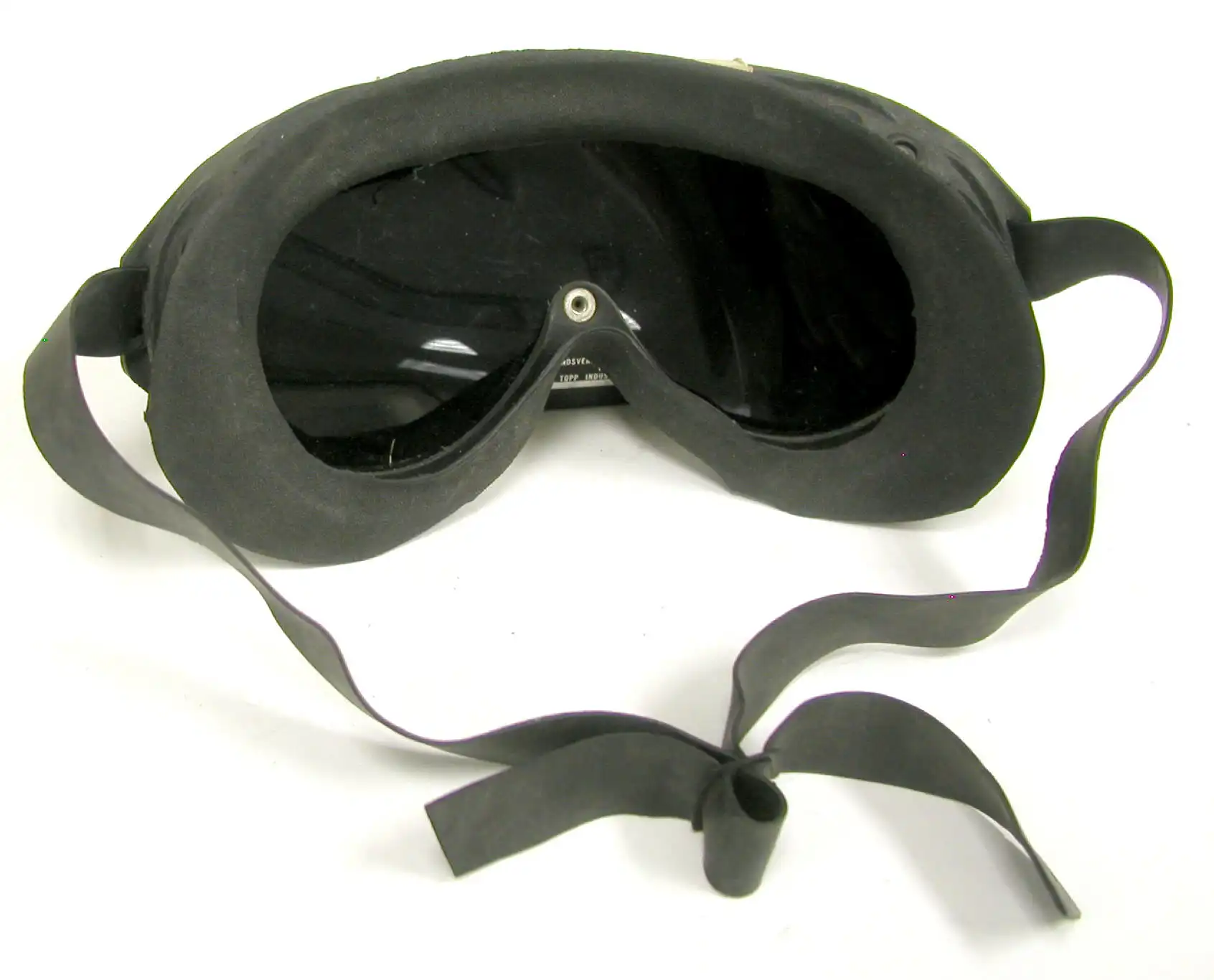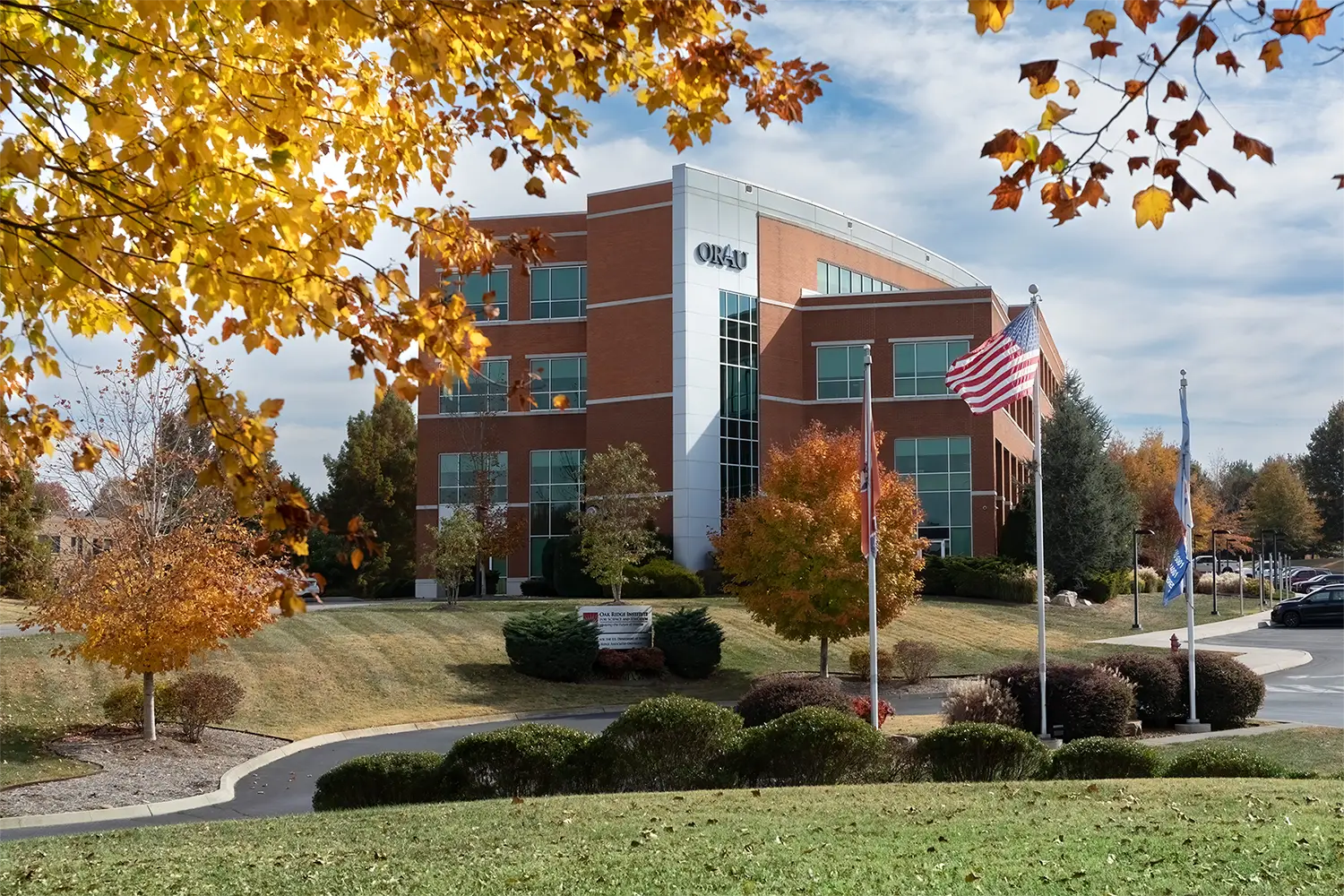 ORAU: Then & Now
Posts by Amber Davis
ORAU: Then & Now
Posts by Amber Davis

Amber Davis
Amber Davis is a professional storyteller. She cut her teeth in TV news as a general assignment reporter and further developed her communication skills as she moved into public relations and marketing communications. As an East Tennessee girl, she’s fascinated by the rich history of Oak Ridge and is eager to bring you the stories behind what’s going on at ORAU.

Born in Strigeau, Germany, Karl Hubner came to the United States—specifically, Oak Ridge—to learn as much as he could about nuclear medicine. It was rumored that doctors in Oak Ridge would soon be attempting bone marrow transplants. For a young doctor eager for hands-on experience, Hubner found an opportunity with ORINS.

ORAU expert explains what peer review is and how ORAU is involved in the process of ensuring research dollars are funded with the utmost integrity.

One of the eye-catching items in ORAU’s online Museum of Radiation and Radioactivity is a pair of atomic bomb test goggles. Yes, in our collection we house a pair of goggles that someone wore as the United States tested an early nuclear weapon.

ORAU is a government contractor that has been supporting the nation’s top priorities since 1946.
As a 501(c)(3) nonprofit corporation, ORAU’s mission is to advance national priorities and serve the public interest by integrating academic, government and scientific resources globally. We elevate science, technology, engineering and math because students who love STEM grow up to be the next generation of scientists and engineers.
ORAU put together a list highlighting some of our biggest impacts. It’s a list we’re very proud of, and it helps take the macro concept of what we do and puts it into perspective. Review this list to find out if you know how wide ORAU’s ripples reach.
The Nuke Buster is one of the incredible items in ORAU’s online Museum of Radiation and Radioactivity. It plugs into a car dashboard to electronically monitor radiation levels. How do hippies, communes and Nuke Busters intersect with ORAU? This blog explains.
In the ORAU Museum of Radiation and Radioactivity, you will find hundreds of items that chronicle the history and commercialization of radiation and radioactivity. The collection includes a lot of dosimeters: film dosimeters, pocket dosimeters, thermoluminescent dosimeters, you-name-it-we-probably-got-it-dosimeters! Take a look at what these gadgets do and how they’ve been used through the years.
In our museum’s collection, you will see a lot of different items that relate to fallout shelters because there was a period of time when the U.S. government grappled with the consequences of nuclear weapons and how citizens could respond if our enemies used the technology against us.
It’s a workplace Cinderella story. Evelyn Watson’s career journey is one that is fun to share, and it’s important to ORAU’s history. Watson was a self-taught nuclear scientist who retired with two Lifetime Achievement awards.
The History of ORAU is rooted in the years leading up to when it was established—specifically in the Manhattan Project, the top-secret program created to build the first atomic bombs during WWII. So, how did building nuclear weapons lead to the birth of ORAU? This blog explains.
Perhaps, what ORAU is most known for during our early years is our Medical Division. In the 24 years of operation, the Medical Division of ORAU advanced nuclear medicine and cancer treatment in seven tangible ways. This list includes the highlights from a couple dozen years of research and practice.
ORAU Chief Scientist Nazareth Gengozian blazed a new trail when he established a colony of South American marmosets for his research in 1961. He was developing a basic marrow transplant program to explore the feasibility of performing transplants in patients with cancers that begin in immune system cells or bone marrow.